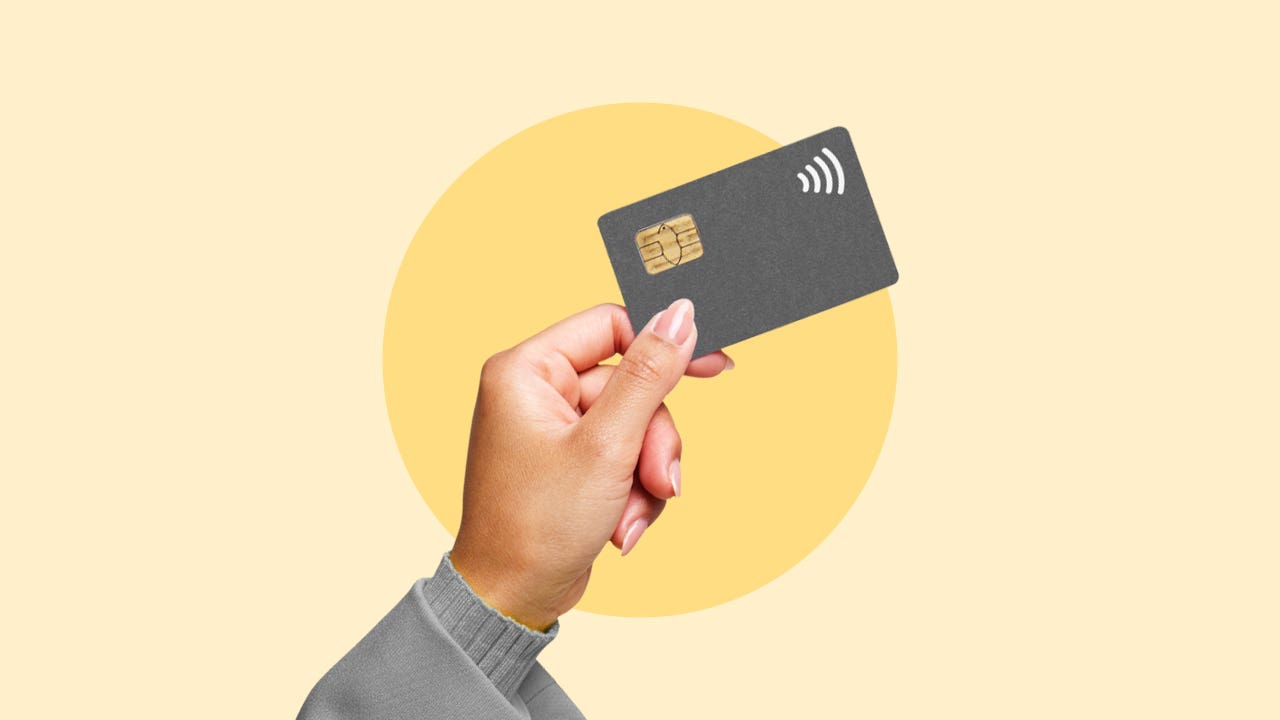Credit card interest rate forecast for 2025: Rates will only fall a bit

Unfortunately, if you’re among the half of credit cardholders who carry debt from month to month, you’re unlikely to catch much of a break in 2025. Even though rates have fallen to a low of 20.27 percent as we close out 2024, the next year probably won’t bring much more relief.
Where are credit card rates headed in 2025?
Bankrate chief financial analyst Greg McBride, CFA, only expects the average credit card rate to fall about half a percentage point over the course of the next year. That would nudge the average down to a still-high 19.80 percent.
McBride predicts three quarter-point rate cuts from the Federal Reserve in 2025, but he doesn’t believe the average credit card rate will decrease quite that much. We observed a similar situation in 2024. The Fed cut its benchmark short-term interest rate, the federal funds rate, by a full point in 2024 and the average credit card rate has only dropped from 20.74 percent at the start of 2024 to 20.27 at last check.
The average credit card rate — which is based on what is available to new applicants — will respond to more than just Fed interest rate cuts. Examples include new card products with low-rate offers for applicants with good credit and padded margins for applicants with weaker credit.— Greg McBride, Bankrate Chief Financial Analyst
Highest average credit card interest rate in 2024: 20.79 percent (Aug. 24, 2024)
Lowest average credit card interest rate in 2024: 20.27 percent (Dec. 31, 2024)
Forecasted average credit card interest rate for the end of 2025: 19.80 percent
What happened to credit card rates in 2024?
The average credit card rate dipped slightly in 2024, from 20.74 percent at the start of the year to 20.27 percent (the lowest rate of the year) at last check. It peaked at 20.79 percent (an all-time high) in August.
How Fed changes impact cardholders
Most credit cards have a variable rate structure pegged to the Prime Rate (the interest rate that banks charge their most creditworthy customers; it’s typically three percentage points higher than the federal funds rate, which is what banks pay each other for short-term loans, as determined by the Federal Reserve).
Credit card issuers tack a margin on top of the Prime Rate. On average, that margin is about 12.5 percentage points, although it can be higher or lower depending on the borrower’s credit score and various market factors.
Supplemental link: Why did my interest rate go up on my credit card?
While existing credit cardholders usually see their rates move up and down in line with changes to the Prime Rate, issuers have much more latitude to set rates on new offers. And even for existing cardholders, it typically takes time – up to three months – for Fed actions to filter through the market. The key consideration for existing cardholders is that if the Prime Rate decreases by 75 basis points in 2025, as McBride expects, your credit card rate should fall by the same amount.
But that won’t be enough to make a big impact on your overall financial situation.
Next steps for consumers
Regardless of what credit card rates ultimately do in 2025, you should take a proactive stance on responsibly managing your cards and paying down any credit card debt you have. Don’t depend on possible policy changes or anticipated Federal Reserve decisions to elminate your debt or manage your personal finances.
If you have credit card debt and a good credit score (above 670 or so), a solid option is to sign up for a balance transfer credit card with a generous 0 percent interest promotion. Some of these offers last as long as 21 months. The rate typically goes way up after the promotion ends, so maximizing the opportunity means refraining from new purchases and dividing what you owe by the number of months in your interest-free term. If you stick with that level payment plan and knock out your entire balance before the promotional clock expires, you can save a lot of money on interest charges.
Another good option, especially if you have a lower credit score or a lot of credit card debt (more than five or six thousand dollars), is to work with a reputable nonprofit credit counseling agency such as Money Management International or GreenPath. Both offer debt management plans with interest rates around 7 or 8 percent, typically lasting four or five years.
You can also look for ways to up your income (perhaps via a side hustle) and cut your expenses. A dollar saved is a dollar earned, after all. And paying down credit card debt essentially offers a risk-free, tax-free return of whatever your interest rate happens to be. That’s often around 20 percent, sometimes even higher. The average retail card, for instance, charges about 30 percent.
Credit card rates aren’t likely to move much in 2025, but with discipline, hard work and the right strategy, you can make meaningful progress toward paying off your debt.
Have a question about credit cards? E-mail me at ted.rossman@bankrate.com and I’d be happy to help.
Why we ask for feedback Your feedback helps us improve our content and services. It takes less than a minute to complete.
Your responses are anonymous and will only be used for improving our website.



